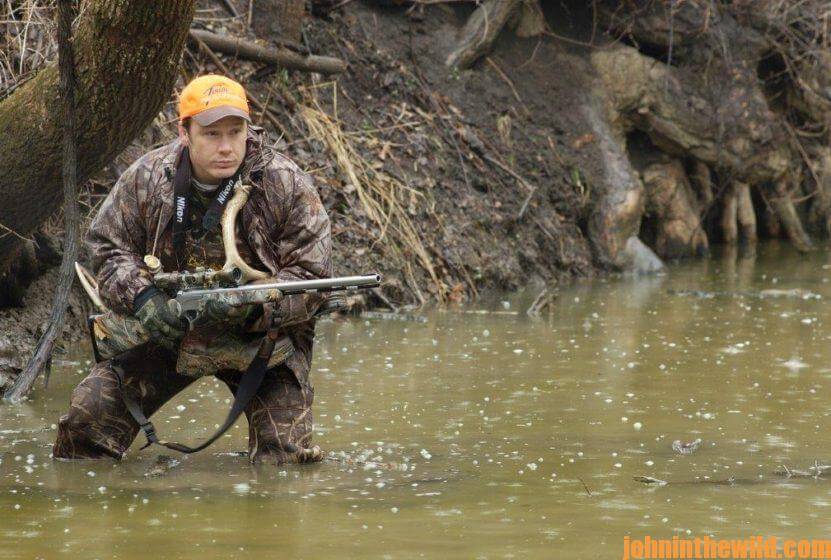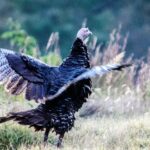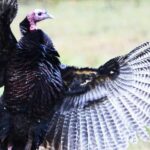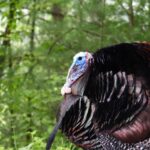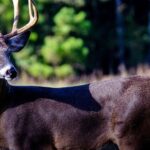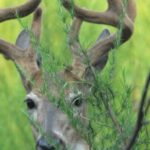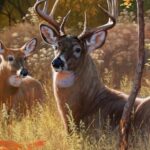Editor’s Note: Oftentimes during inclement weather, you may be the only hunter competing for your buck. Bad-weather bucks can be bagged by hunters who search for them, and knowing where a buck is in bad weather can be the key to taking him. Deer hunting in bad weather may be a miserable sport, but it can pay big-buck dividends.
 In the rain and the wind, the hunter often has the advantage over the deer. His movements are masked by the movement of trees and bushes, as the sound of the rain shields and softens his steps. And, a deer’s ability to distinguish human scent is also retarded by precipitation. The outdoorsman who studies deer behavior will find stalking the whitetail much simpler during bad weather. Biologists have learned that deer are immune to severe weather, but that they do retreat to cover, because their senses are impaired. Hunters who concentrate on stalking heavy cover, like the downwind sides of hills, pine trees, cedar swamps and the edges of the forests in storms, will be successful.
In the rain and the wind, the hunter often has the advantage over the deer. His movements are masked by the movement of trees and bushes, as the sound of the rain shields and softens his steps. And, a deer’s ability to distinguish human scent is also retarded by precipitation. The outdoorsman who studies deer behavior will find stalking the whitetail much simpler during bad weather. Biologists have learned that deer are immune to severe weather, but that they do retreat to cover, because their senses are impaired. Hunters who concentrate on stalking heavy cover, like the downwind sides of hills, pine trees, cedar swamps and the edges of the forests in storms, will be successful.
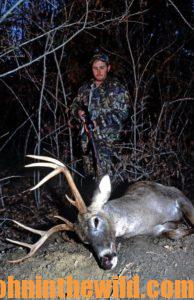
Too, stalking deer during a light steady rain will pay big dividends – especially if you locate a feeding area. The animals seem to feel safe and will feed at unusual times in a steady rain. Since deer are farsighted, and the rain further disables their vision – and wet air doesn’t carry a scent for any distance – a hunter has a better chance of moving-in close to a buck then. And, always keep in mind to move into the wind at all times, so your scent isn’t carried before you. If you can’t hunt into a wind, then working with a crosswind is next best.
One day while slipping-down an old logging road in drizzling rain, I found myself within 30 yards of six feeding deer. I stayed behind a gallberry bush and watched for antlers. Finally a nice 4 point’s head came-up. When my rifle went-off, the deer fell-down and then got-up and stumbled-off. I followed a blood trail 20 yards into a backwater slough. I saw a patch of white hair about 30-yards from the bank. There was but one way to retrieve my deer. Leaving my
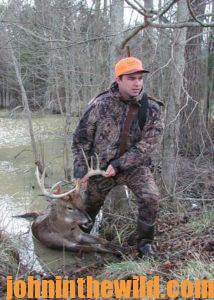 clothes on the embankment, I waded-out into the frigid slough. Grabbing the deer by the horns, I made a hasty retreat out of the water to the warmth of my snowmobile suit. Time and time again outdoorsmen have found that braving rain may be the key to mastering whitetails.
clothes on the embankment, I waded-out into the frigid slough. Grabbing the deer by the horns, I made a hasty retreat out of the water to the warmth of my snowmobile suit. Time and time again outdoorsmen have found that braving rain may be the key to mastering whitetails.
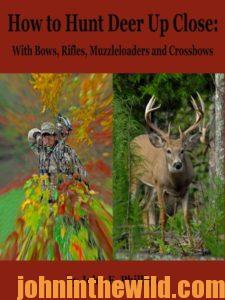 To learn more about hunting deer, check out John E. Phillips’ book, available in Kindle, print and Audible versions, “How to Hunt Deer Up Close: With Bows, Rifles, Muzzleloaders and Crossbows” (http://amzn.to/11dJRu8). You may have to copy and paste this link into your browser. (When you click on this book, notice on the left where Amazon says you can read 10% of the book for free, and you can listen to 10% for free and hear 10% for free).
To learn more about hunting deer, check out John E. Phillips’ book, available in Kindle, print and Audible versions, “How to Hunt Deer Up Close: With Bows, Rifles, Muzzleloaders and Crossbows” (http://amzn.to/11dJRu8). You may have to copy and paste this link into your browser. (When you click on this book, notice on the left where Amazon says you can read 10% of the book for free, and you can listen to 10% for free and hear 10% for free).
Tomorrow: Hunting Fronts for Buck Deer



